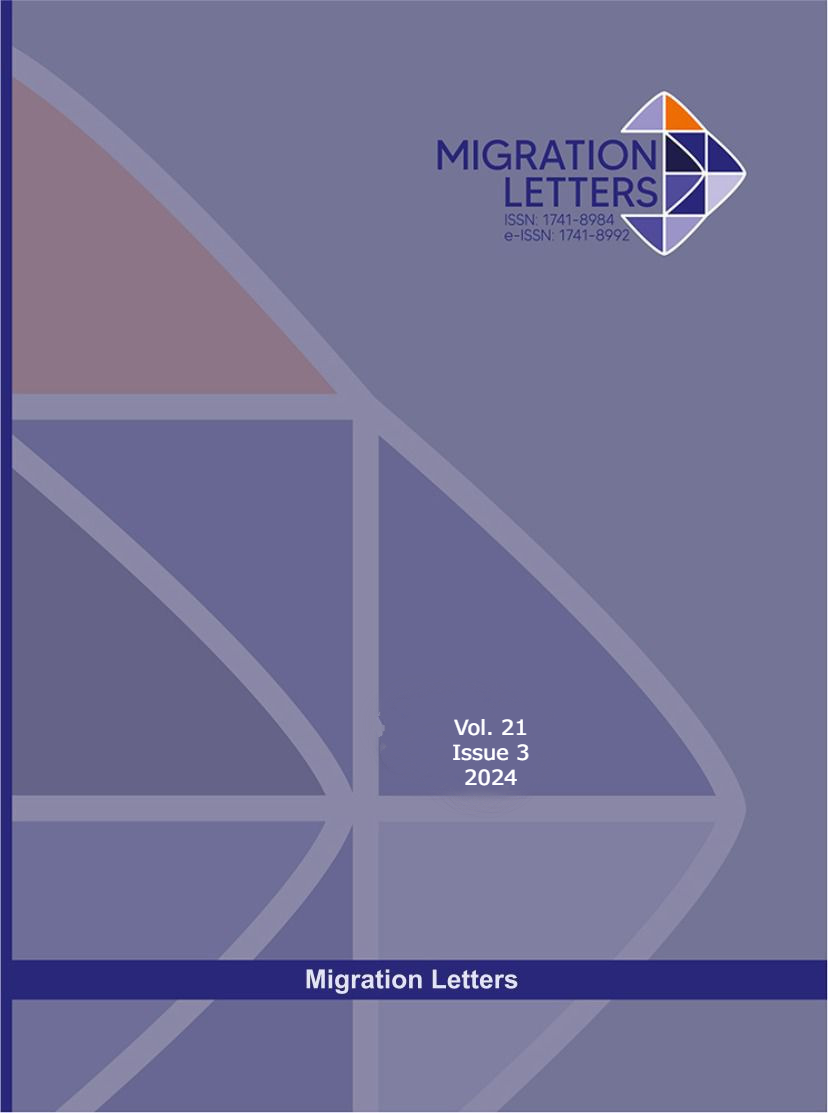Manipulation of Information in the 2024 Election in Indonesia: Political Dynamics in the Post-Truth Era
DOI:
https://doi.org/10.59670/ml.v21i3.6517Abstract
Information manipulation overshadows the conduct of the 2024 General Election. Even the manipulation of information in various forms has increased in dissemination since one year before the 2024 elections. Social media platforms become a means or medium used to disseminate information manipulation. Using the concept of information manipulation proposed by Vilmer et.al (2018), this study explores information manipulation that occurs in 2022 - 2023 which will be associated with individual and collective levels that cause manipulation. This research is qualitative research with a descriptive method supported by secondary data (literature) such as books, journals, research reports of competent institutions, mainstream media news, and several accounts on social media that show the tendency of information manipulation practices. The results of this study show that the use of visual information and narratives of hope and hatred is becoming a mainstay in information manipulation content. Visual information is easy to understand and remember, while narratives of hope and hatred easily arouse emotional sentiments and provoke so as to enhance the message conveyed to shape public perception to bring down political opponents and degrade public trust in the General Elections Commission (KPU) as the organizer of elections. This condition will affect political dynamics and if left unchecked has the potential to pose a serious threat to national security and resilience.
Metrics
Downloads
Published
How to Cite
Issue
Section
License

This work is licensed under a Creative Commons Attribution-NonCommercial-NoDerivatives 4.0 International License.
CC Attribution-NonCommercial-NoDerivatives 4.0






